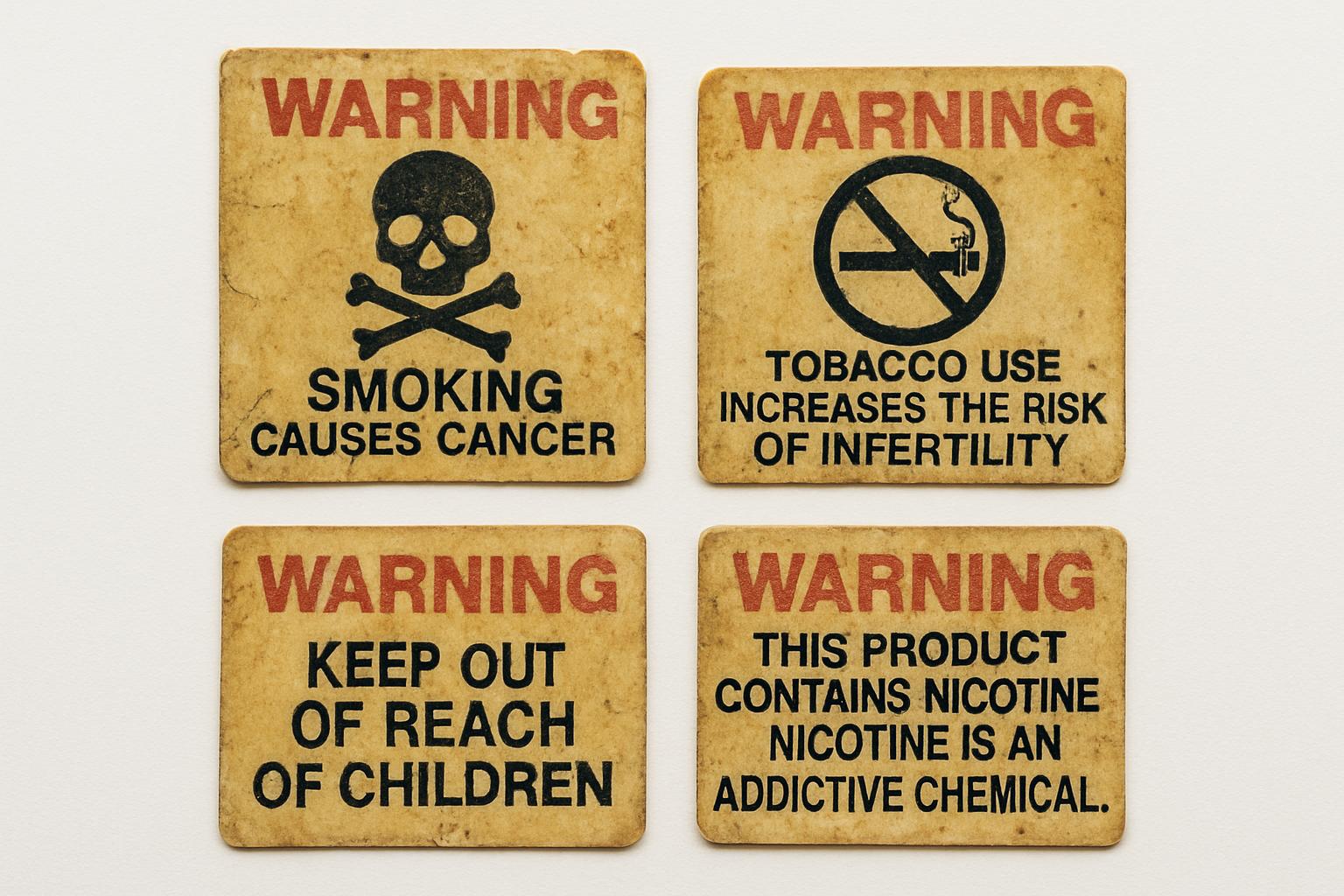Recent research led by University College London (UCL) and King’s College London suggests that selling e-cigarettes, or vapes, in plain packaging could significantly reduce their appeal to children and young people without deterring adult smokers from using them as a cessation aid. The study, involving nearly 2,800 young people aged 11 to 18 and almost 4,000 adults, compared participants’ reactions to usual branded vape packs versus plain packaging with standardised or coded flavour descriptions. Results showed that over half of the young participants believed their peers would be interested in trying vapes in their usual colourful packaging, but this interest dropped to 38% when shown standardised packs. Meanwhile, adults’ interest in vapes remained largely unchanged regardless of packaging style, indicating that plain packaging would likely not discourage smokers seeking to quit through vaping.
The research highlights that the vibrant, branded designs and imaginative flavour names often used on vape packages are key marketing tools that attract children. By contrast, plain packaging with limited or coded flavour descriptions appeared to make the products less appealing to youth while retaining their attractiveness to adult smokers. Researchers, including lead author Dr Eve Taylor from UCL, emphasise the need for regulatory policies that strike a delicate balance between reducing youth uptake and maintaining vaping as a harm-reduction tool for smokers.
Supporting these findings, a complementary study published in JAMA Network Open by King’s College London and the charity Action on Smoking and Health (ASH) involving over 2,400 teenagers and 12,000 adults found similar trends. Teenagers were more likely to report disinterest in vapes presented in standardised white or green packaging, while adult interest was unaffected by the changes. Dr Katherine East, the senior author of that study, stressed the importance of keeping vaping accessible to adult smokers while preventing use among non-smoking youth.
These studies come amid growing public health concerns about the rising rates of youth vaping, which health experts warn poses risks including nicotine addiction and unknown long-term effects. England’s chief medical officer, Professor Sir Chris Whitty, has publicly condemned marketing tactics aimed at children and underlined that vaping is considerably safer than smoking for adults but should not be used by non-smokers or minors.
In response, UK legislation is evolving to address these challenges. Earlier this year, a ban on disposable vapes was introduced to curb teenage vaping, and the Tobacco and Vapes Bill currently progressing through the House of Lords is expected to grant ministers the authority to regulate e-cigarette flavours, packaging, and display. Advocates, including Hazel Cheeseman, chief executive of ASH, urge Parliament to expedite the passage of the bill to enable detailed regulations aimed at protecting children while preserving vaping’s role as a smoking cessation aid.
While these findings reinforce the potential value of plain packaging as part of a wider public health strategy, experts caution it is only one component of addressing youth vaping. Broader educational, regulatory, and behavioural interventions will be necessary to comprehensively reduce vaping among children without undermining harm reduction efforts for adult smokers.
📌 Reference Map:
- Paragraph 1 – [1], [3], [4]
- Paragraph 2 – [1], [3], [4]
- Paragraph 3 – [2], [6], [5]
- Paragraph 4 – [1], [3], [6]
- Paragraph 5 – [1], [3]
- Paragraph 6 – [1], [3], [2]
Source: Noah Wire Services
